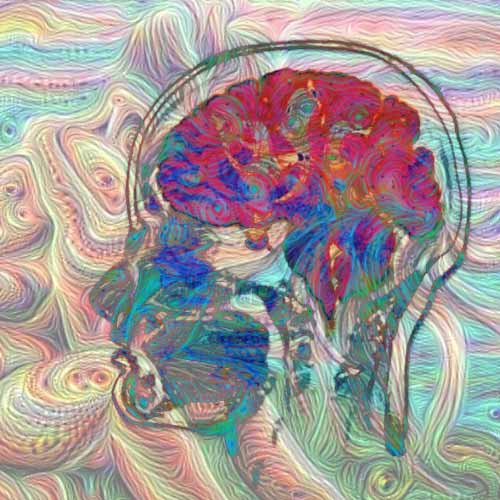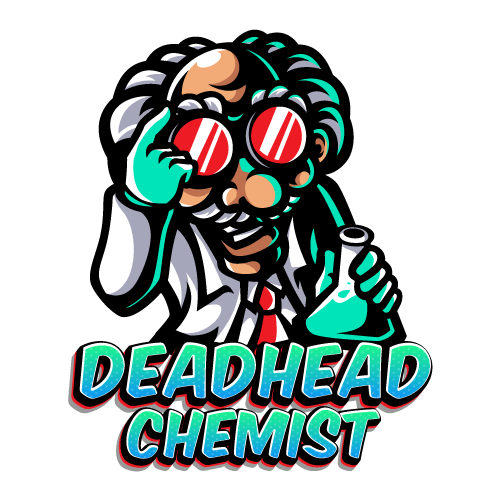
Introduction
DMT is probably the only known psychedelic that exists naturally in the brain. It plays an important in the brain as one of the chemicals that keeps the brain functioning optimally. Questions have thus lingered in the minds of psychedelic researchers for some time now in finding out whether the administration of DMT could act as a backup to the deficiency of DMT in the human brain. It was obvious from the onset that getting answers to these questions wouldn’t be an easy task. Recent research has moved past just wanting to show that romantic scenarios of the pineal gland secreting DMT during experiences that look life-threatening. After careful considerations of individual neurons, research has shown that DMT does more work in the brain than it is given credit for. It has a significant job of acting as a neurotransmitter playing a part in shielding the brain from psychological and physical stress. Now there’s an improvement on the questions being asked initially, the question now is, what if DMT is a natural neuroprotective?

Where it all started
Neurotransmitters are tiny little molecules released in the nervous system to convey information among thousands of neurons in the nervous system. Most of these transmitters are a family of chemical monoamines. An example of this is dopamine. The strongest naturally occurring psychedelic in (DMT) is a member of this molecular class. Little traces of N, N-dimethyltryptamine can be found in the nervous system of animals, there is no fact to prove that it can be an endogenic neurotransmitter. In plants, though it has been proven that it defends some particular plants from predatory animals, that is herbivores.
Extraction of DMT from plants is not a new practice, it’s been done for ages. Its use is limited and thus unpopular as a result of monoamine oxidase in them. This is an enzyme that limits the use of DMT in the human digestive system. Shamans in Amazon have devised a way to navigate this for years. They succeeded in mixing DMT-containing plants with other plants/herbs that prevent the degradation of DMT to form a new mixture. The psychedelic brew produced is known as Ayahuasca.
Some indigenous tribes in South American have the effects of using Ayahuasca looped in with spirituality. It was firstly synthesized in 1931 and since that time, its biological attributes have marveled scientists. Due to sharing similar attributes with serotonin, it has often been wrongly compared to serotonin. The human body’s DMT was found to be secreted in the pineal gland. The main job of the pineal gland is to govern sleep patterns by generating melatonin.
Theories about DMT
Psychiatrist Rick Strassman developed a theory that suggested that immense amounts of DMT could be secreted in the dying brain and it leads to a change of phase between life, death, and the next. When Strassman’s theory was adopted, the location of DMT in the pineal gland has been something of controversy. As much as it has not been separated from the human brain, tests on rats and humans have shown that the brain with the pineal gland inclusive has enveloped enzymes important for the synthesis of DMT.
The impact of DMT in near-death experiences is difficult to tell, it cannot be confirmed or otherwise, in humans, there have been such studies on rats though. A study has shown that DMT is present in the brains of rats, it is released in the body shortly after cardiac arrest is induced. Was DMT responsible for that or was DMT merely a byproduct of stressed organism? Experiments have given little insight.
It is not yet proven if DMT could be one of the neurotransmitters that get secreted in reaction to the stress-induced due to cardiac arrest such as serotonin, adrenaline, dopamine, etc. Furthermore, as much as the level of DMT rises it cannot be concluded as a result of exogenic psychedelic dose. Researchers still have split opinions on this. Some scientists attest to that end while others simply state it to be impossible to know how physiological quantities of DMT could be stored and secreted in bulk and the kind of reaction this secretion will activate. Scientific knowledge available at the moment doesn’t have the smoking gun needed to accurately point to DMT secretion as being initiated only in near-death experiences.

The potency of the sigma-1 receptor
When the DMT sets off the sigma-1 receptor in the cell, studies have shown that the DMT plays a role in aiding the anti-stress and immune response of the body cells. DMT ignites the development of anti-inflammatory molecules in the body cells. Is DMT capable of dealing with stress as it develops in the body? Especially when experiencing a near-death situation.
The workings of psychedelics and neurotransmitters are in different regions of the brain and they connect well with various receptors with different peculiarities they activate a broad range of genetic signaling and biochemical effects. DMT is not an exception, even though it was initially touted to affect only the serotonin 2A receptors, it has uncovered new targets. The sigma-1 receptor is one of these new targets but it is not exactly the last cog in the engine.
Sigma-1 is not regular. Its origination is mystical in nature. Based on evolutionary studies, it is close to the fungal enzyme sterol isomerase than a mammalian neurotransmitter receptor. Scientists still haven’t figured out where to place this discovery, this is because this fungal enzyme was separated from a fungus that generates alkaloids that appear like LSD.
Most receptors have a specialty. They relay neurotransmitter signals to either the cell, cell membrane, or nucleus. The sigma-1 though can connect and send signals to all three. It can react with other neurotransmitter receptors and alter their function by developing complexes with them. Inside the cell, it contains the anti-stress and helps them carry out their duties. Inside the nucleus, it allies with proteins attached to DNA and ignites or extinguish various genes through epigenetic mechanisms.
This multiple functioning receptor is referred to as an “orphan” that is because scientists are yet to accurately identify its major neurotransmitter. At a point, there were suggestions that the sigma-1 is an opioid receptor subtype but over time, scientists discovered that some other compounds stick to them also, compounds like the sex hormones progesterone as well as cocaine. In recent times, evidence is piling up to suggest that DMT is useful in activating this receptor.
Latest development
New research from Dr. Simon Ruffell of King’s College in London, has linked DMT, epigenetic regulation, and sigma-1 receptor. The research was based on individuals who took part in the ayahuasca ceremony in Amazon to study how their traumatic consciousness was influenced by these experiences. These individuals documented a considerable decline in their levels of distress, depression, and even anxiety. To fully understand this, they collected samples of saliva from the individuals, and examine the variation in the epigenetic tags on their DNA. They realized that the sigma-1 gene in some of the individuals changed epigenetically. It could probably just be the beginning considering we know that the receptor has involvement in epigenetic modification. Thus research has provided cues not only about the workings of DMT with the sigma-1 on the epigenetic level but it gives directions about the epigenetics of memory also.
Conclusion
As much as it cannot be accurately predicted whether or not the DMT is involved in near-death situations, one thing is for sure though, DMT is present in the brain, and works well as an active neurotransmitter. It allies well with other receptors to help ease stress in the human system. You can obtain any preferred psychedelic substance from us at deadhead chemist online dispensary. You can make use of the promo code DEADHEAD420 to enjoy a 20% discount on whatever you buy from us.

